Equipment
4 near-perfect golf equipment launches
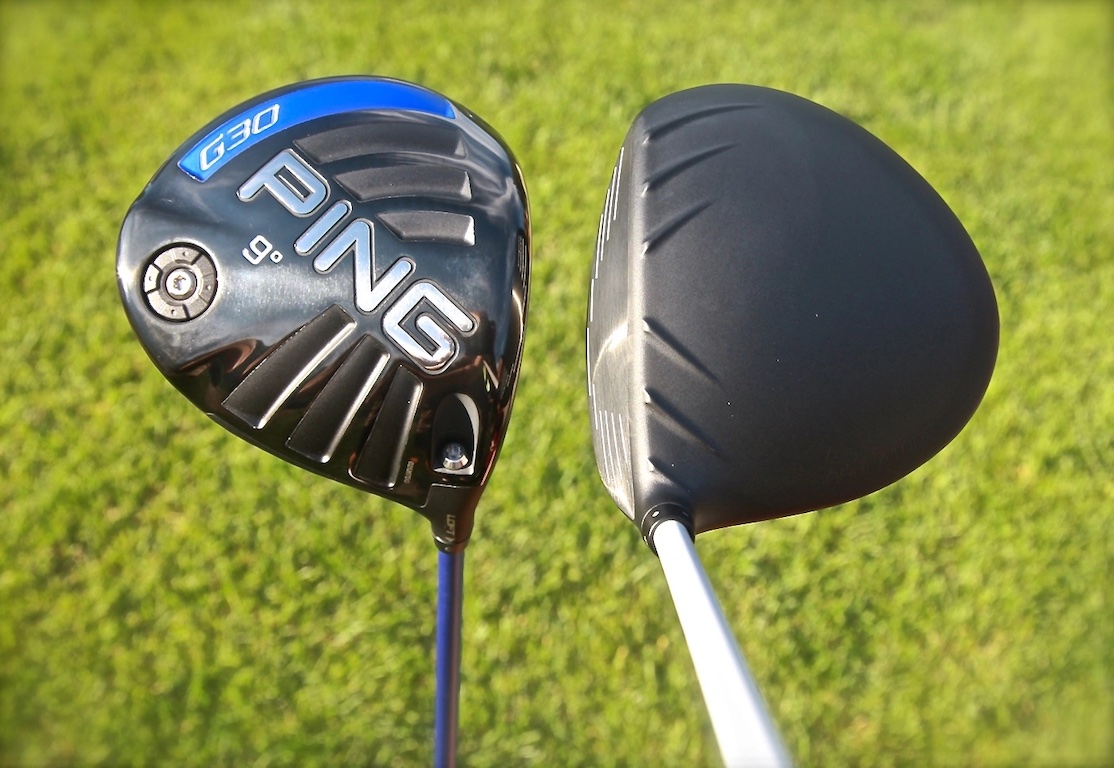
I love golf gear, so much so that I started a marketing company that helps golf companies sell more of it. But before I did that, I was very lucky to lead the editorial team at GolfWRX.
At GolfWRX, I covered countless product launches and learned more about the physics and chemistry of golf than any of my science teachers would have ever believed.
It was incredibly fun and revealing to learn from the people who actually designed golf clubs. In learning what they do and why they do it, they’ve earned my endless respect for what goes into a day of work in the golf industry.
These days, I’m a part of my own product launches for the brands we help. And when I work on these launches, I always think back to my favorites from my media days to tap into the things that truly got me excited.
Before I dive into the list, I want to share the three factors that I look for in a successful product launch. The launches I’ve selected answer a resounding “yes” to each of the questions below:
- Does the product strongly represent a brand’s values?
- Does the product add something new that solves a real problem?
- Is the product truly influential?
Here’s my list.
4. Ping G30 driver
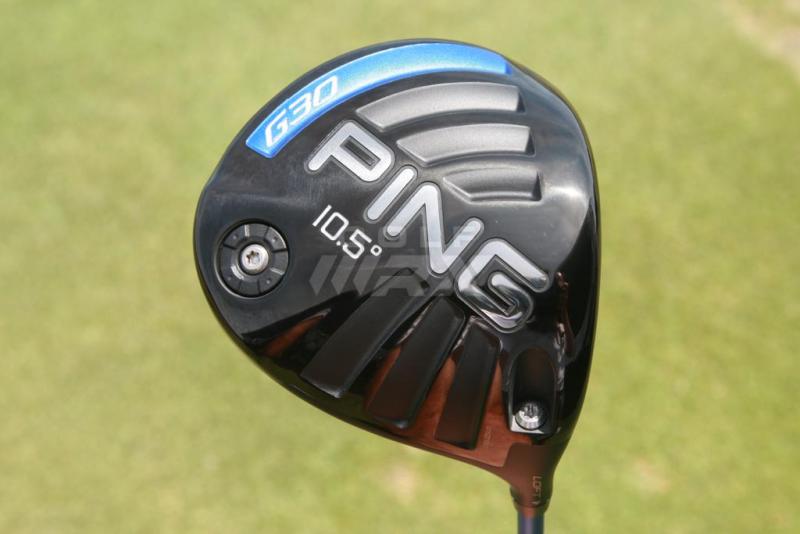
Remember the first time you saw Turbulators? Ping was making some very good drivers circa 2013, but they weren’t considered the longest. When they launched the G30, that all changed.
On the science side, Ping’s challenge was that it was committed to making ultra-forgiving drivers. The problem was that making ultra-forgiving drivers meant using a driver head shape that was not very aerodynamic and not very fast. So if you were playing a Ping driver in those days, you weren’t playing it for distance. You were playing it for accuracy.
Other brands were pushing forward CG drivers as the way forward at the time, but the people at Ping thought there was a better way. So they went in a different direction.
Ping’s research into aerodynamics landed them on “Turbulators,” which were humps they added to the front of the driver crown that helped reduce drag so golfers could swing faster.
There was a lot of chatter from the other golf equipment companies that the Turbulators were “just marketing” and didn’t actually work. Several people told me they did a test of the clubs after shaving off the Turbulators and didn’t see a difference.
But when golfers put the G30 on a launch monitor, the results were clear. Not only was the G30 the most forgiving driver in its class, it was one of the fastest, too. And that was all that mattered.
3. TaylorMade RocketBallz fairway woods
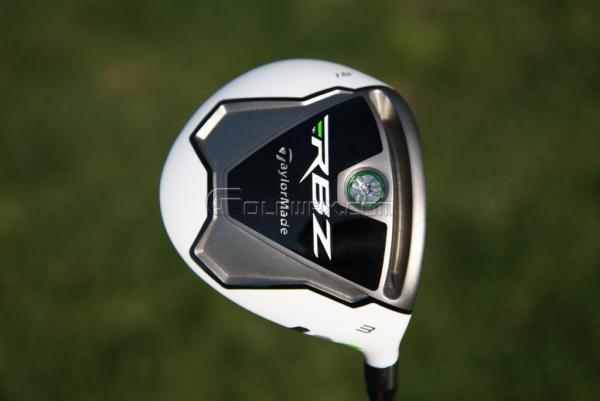
The claim was 17 more yards. And for most golfers, they delivered that and more. The TaylorMade RocketBallz fairway woods ushered in a new era of metal wood design that made the previous generation of fairway woods virtually extinct overnight – at least for high-spin players.
Looking back, it made perfect sense. Fairway woods at the time launched too low and spun too much… at least relative to today. But what if you could raise the launch, lower the spin, and add more ball speed? That’s what RocketBallz did.
TaylorMade pointed to its “Speed Pocket” – a slot in the front of the sole – as the reason why the RocketBallz fairway woods were so long. The slot helped, but the performance of RocketBallz was just as much about pushing weight low and forward – well past the point that had ever been tried on a fairway wood.
Looking back, RocketBallz was probably too successful for TaylorMade’s own good. The company rode the low-forward CG story all the way to a line of products called SLDR, which had a CG that was so low and so forward that it was unreliable for most golfers. Hank Haney told me point blank that TaylorMade “never should have launched that driver.”
I have a soft spot for the launch, because TaylorMade has always been known for pushing the envelope. After all, TaylorMade was the first to popularize adjustable weights, adjustable hosels, and several other technologies that were unthinkable at the time.
2. PXG 0311 irons
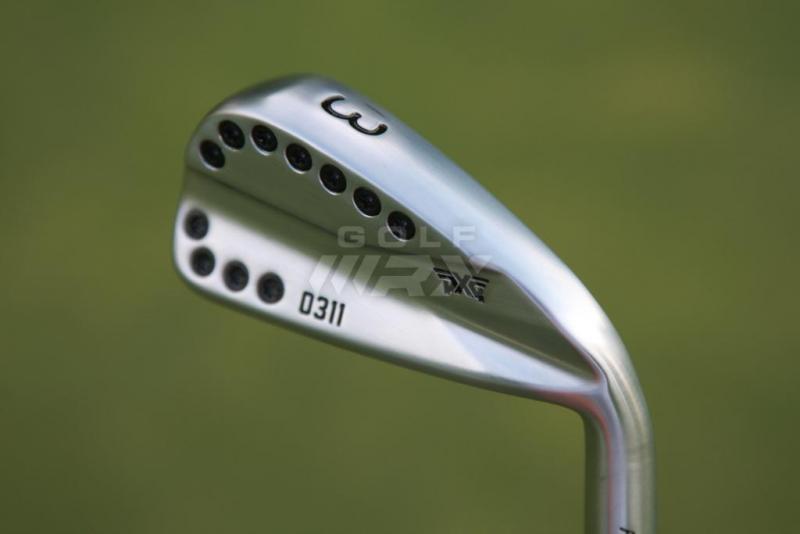
No one saw PXG coming… not even after it told us exactly what it was going to do. I remember seeing the teaser website back in 2013 and reading about the elite “metallurgists” they had employed and all the new technologies to come.
We thought we were going to get another Miura, but PXG turned out to be something completely different. The Bob Parsons-led company hired some of the best and brightest people in the industry and then gave them a blank check to make the best gear they could. And the project succeeded.. particularly in the 0311 irons that forever changed the players’ irons category.
You’ll remember all the screws on the outside, but what mattered was the polymer-foam on the inside. It allowed the 0311 iron faces to be thinner and for more weight to be pushed to the perimeter. As a result the 0311 offered a combination of distance, feel, and forgiveness that no one had experienced before.
Sure, they were almost $3,000 per set, but the golfers that could afford them didn’t care. They were new. They were sexy. And you could make the case that they were the best irons on the market at that moment.
It’s hard to imagine a more successful launch of a new golf equipment brand than what PXG was able to accomplish on the back of the 0311 irons. The company put its money where its mouth was. They hired the team. They recruited the tour players. And they built a buzz that we haven’t really seen since.
1. Callaway Chrome Soft golf balls
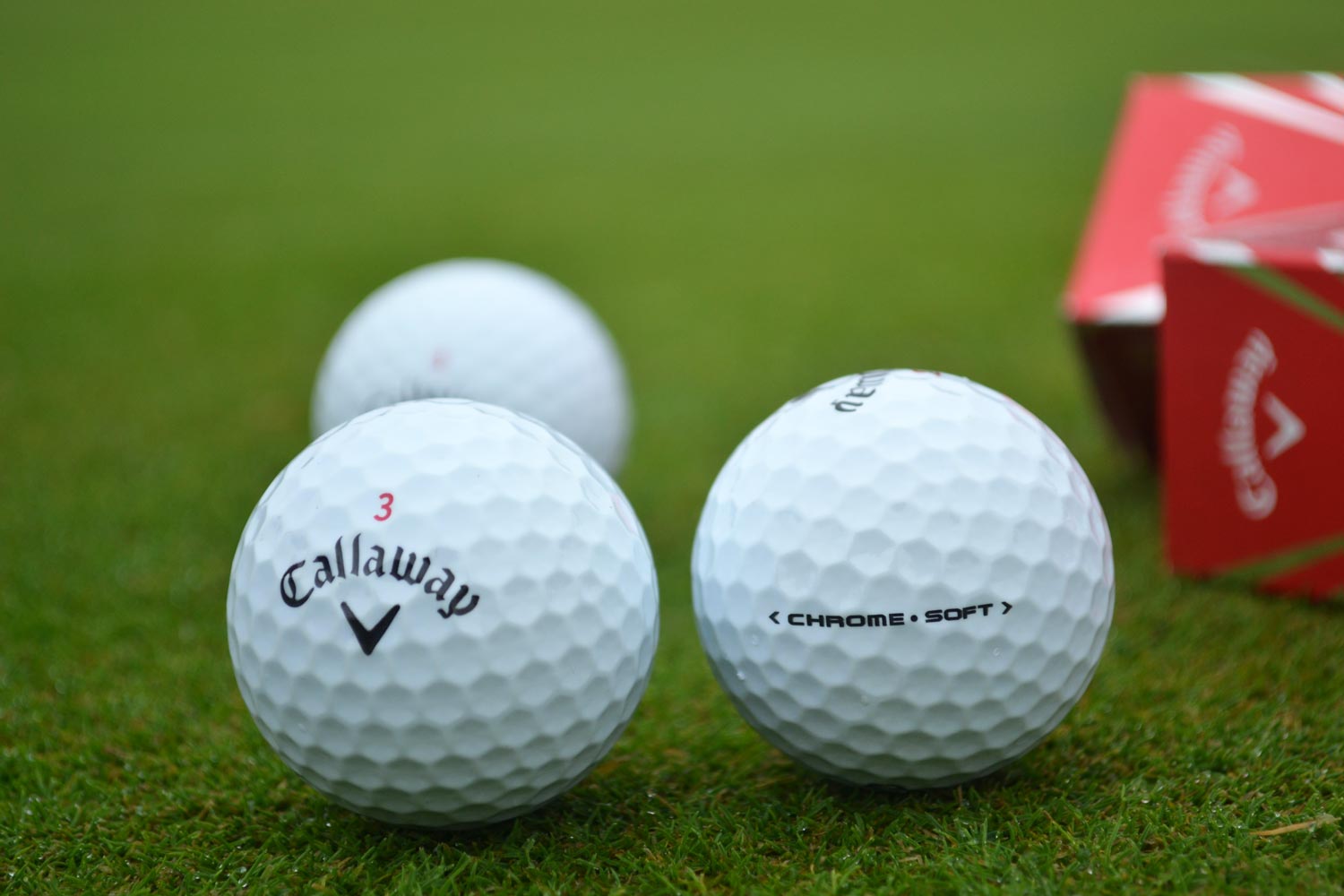
After a full day of learning about the Callaway Chrome Soft golf balls, marketed as “The Ball That Changed The Ball,” I stepped into an exec’s office for a quick interview. The goal was to get a few quotes for a story I was going to write.
The exec was wrapping up a few things, and being a nosy journalist, I looked around the office and noticed two boxes of golf balls. One box was red and looked like the ball I’d been learning about all day. The other box was blue. And they both said Chrome Soft.
I must have said something like, “What’s in the blue box?” He could have avoided the question, but he didn’t. “We were going to launch two different Chrome Soft balls, but we found one was better for everybody,” he said. “So we’re just going to launch one.”
The other ball, he told me, had a higher compression. It would have been safer to launch both balls. Had Callaway launched both versions, I’m willing to bet Chrome Soft never would have been what it was. It was an all-in bet on a low-compression concept that was essentially unproven.
This was a different Callaway, too. Callaway didn’t have OGIO or TravisMathew or Topgolf to rely on. It lived and died with hard goods, and had the Chrome Soft flopped it would have been a big problem for the company.
Those in the know will point out that the original Chrome Soft never took off with tour players, and they’re right. But Callaway knew there was something to Chrome Soft for the rest of the golf world.
Chrome Soft was about $10 cheaper per dozen than Callaway’s tour balls at that time, and nothing else really matched up to it. It was butter soft, it was really straight, and it still checked around the greens.
In the years since, we’ve seen all of the big ball manufacturers talk more about compression and deliver a more nuanced line up of products. There’s no question Chrome Soft was a part of that.
What did I miss or mess up? Leave a comment below or send me an email at [email protected].
- LIKE176
- LEGIT21
- WOW8
- LOL2
- IDHT4
- FLOP1
- OB1
- SHANK31
Whats in the Bag
Steve Stricker WITB 2024 (April)
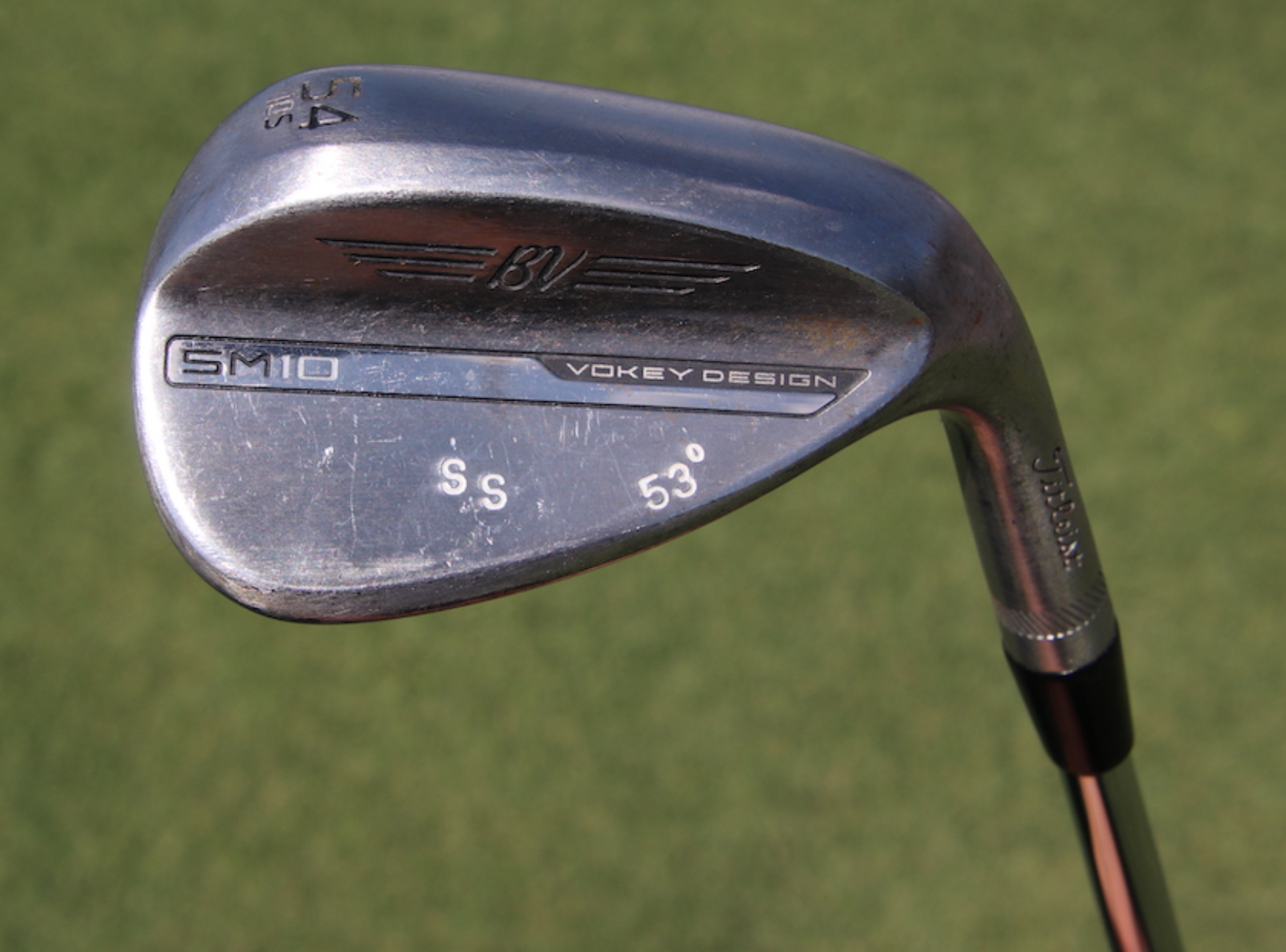
- Steve Stricker WITB accurate as of the Zurich Classic. More photos from the event here.
Driver: Titleist TSR3 (9 degrees, C4 SureFit setting)
Shaft: Fujikura Motore Speeder VC 7.2 X
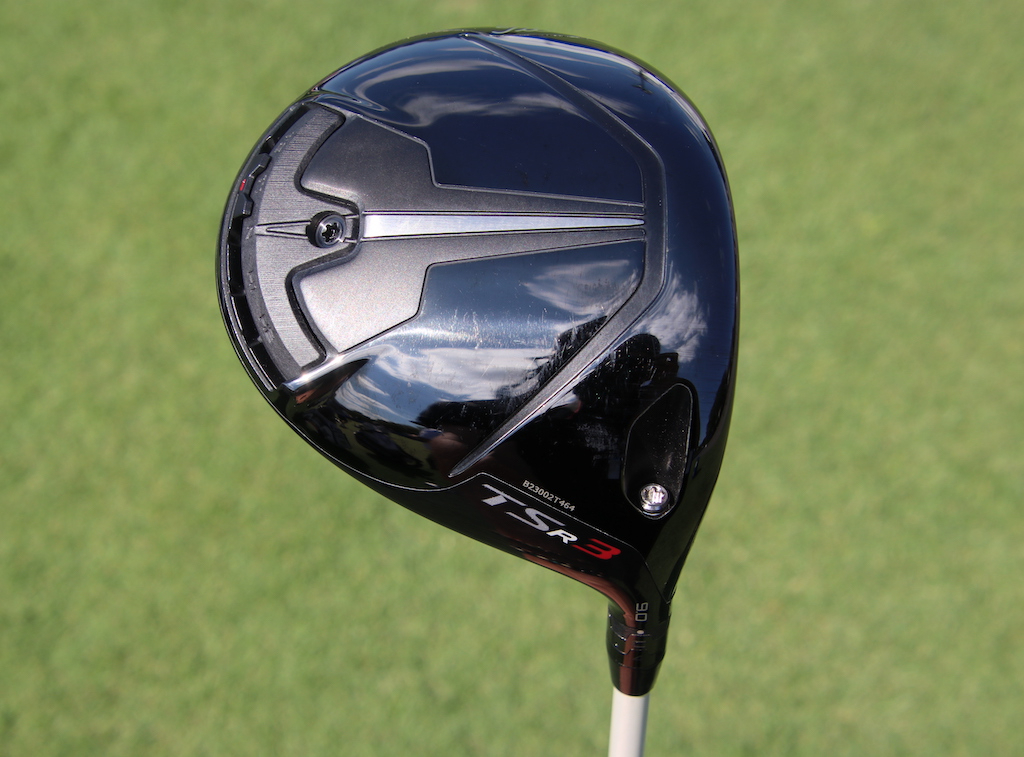

3-wood: Titleist 915F (13.5 degrees)
Shaft: Mitsubishi Tensei CK Pro White 80 TX
Hybrid: Titleist 816 H1 (17 degrees)
Shaft: Fujikura Motore Speeder VC 9.2 X
Irons: Titleist T200 (3, 4), Titleist T100 (5-9)
Shafts: Project X 6.5
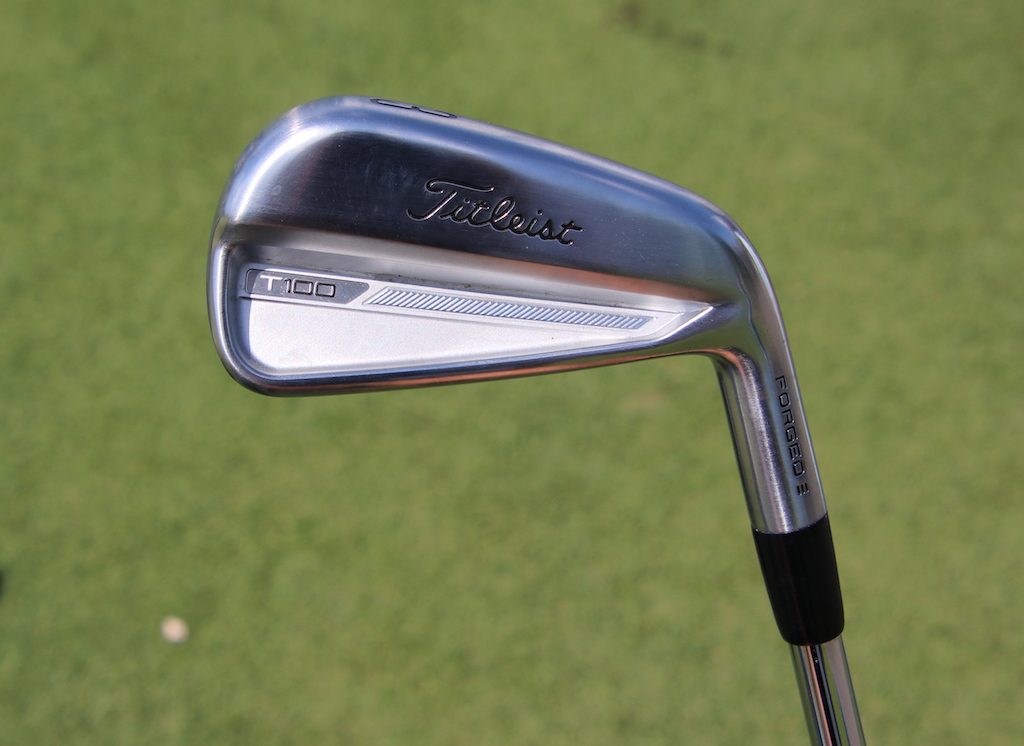
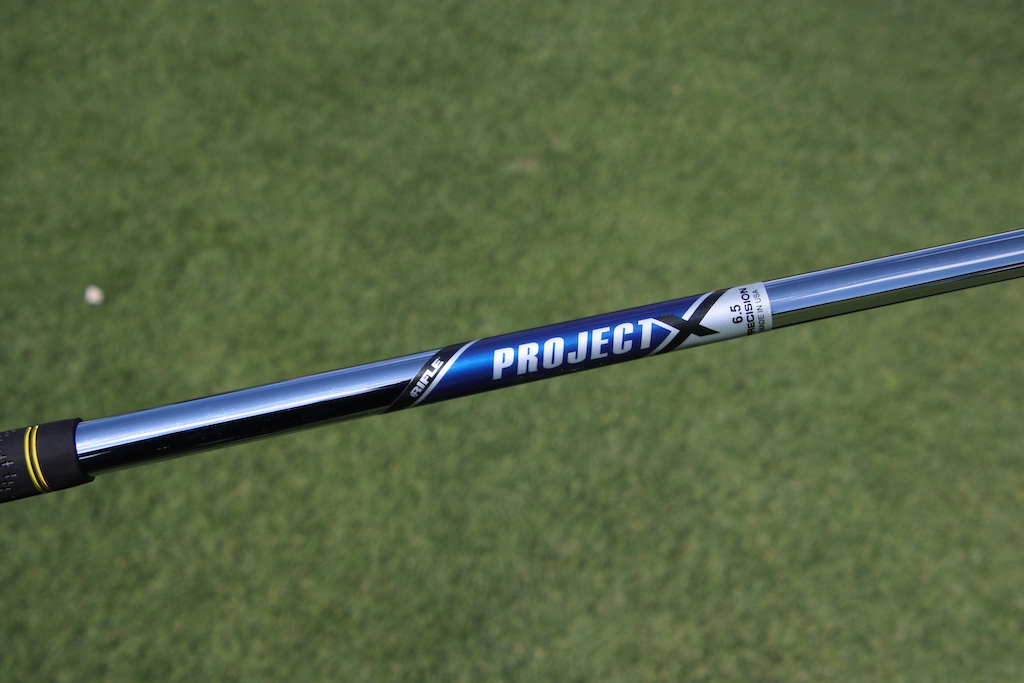
Wedges: Titleist Vokey SM8 (46-10F @55), Titleist Vokey SM10 (54-10S @53), Titleist Vokey SM4 (60 @59)
Shafts: True Temper Dynamic Gold X100 w/Sensicore
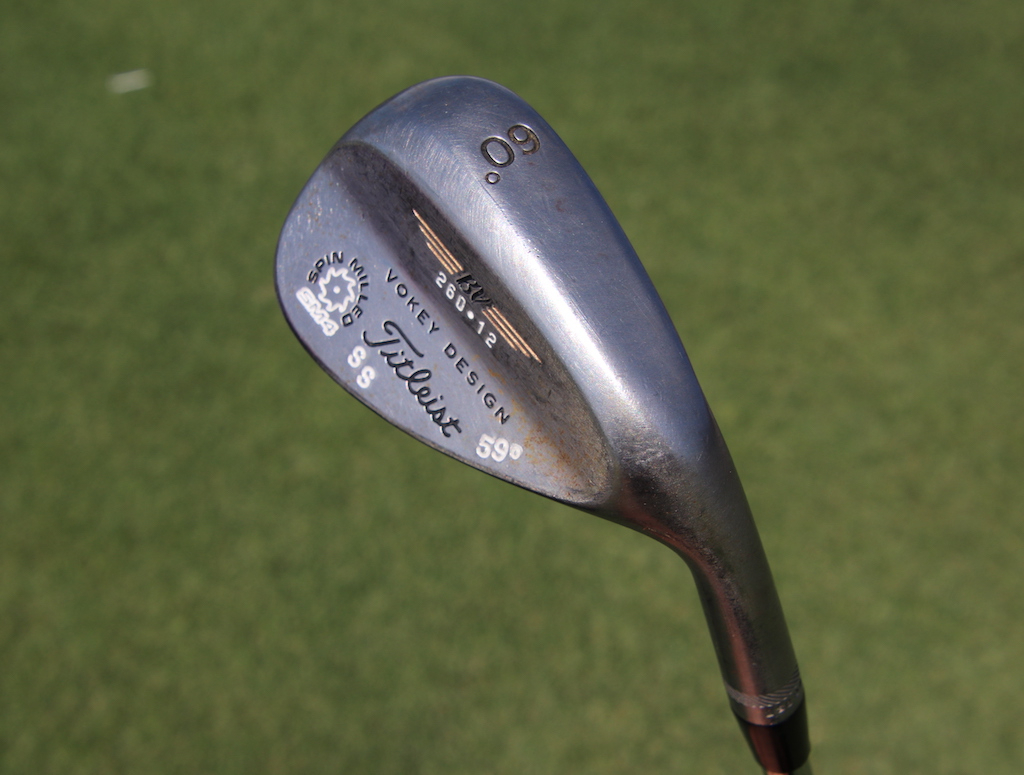
Putter: Odyssey White Hot No. 2
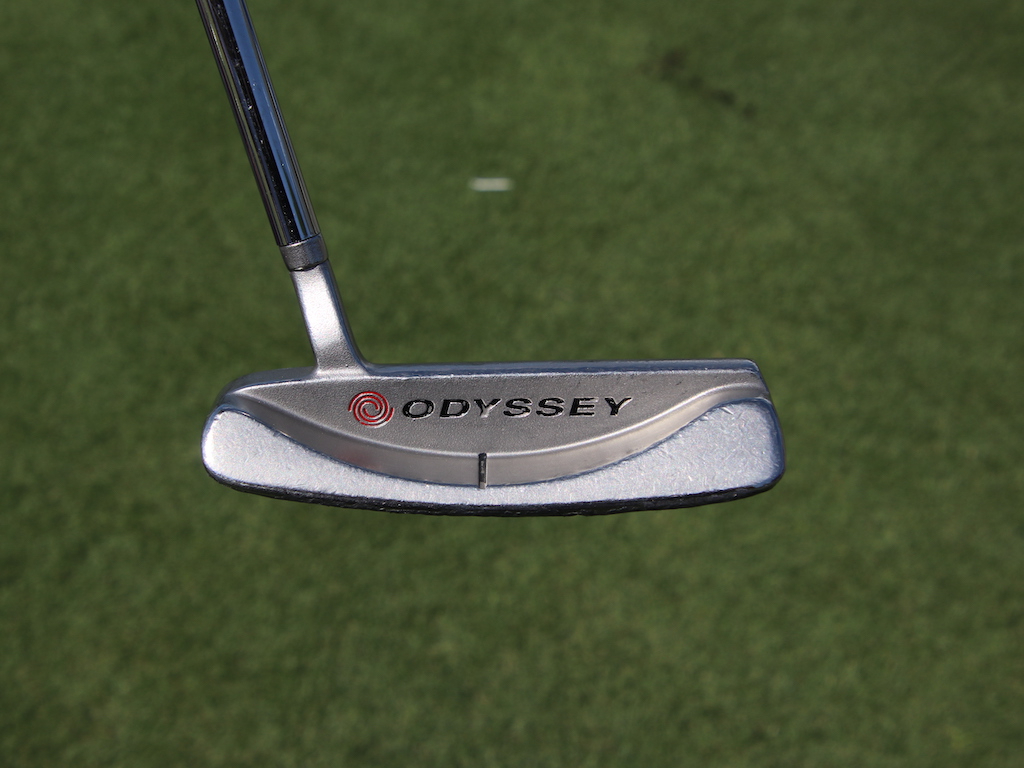
Ball: Titleist Pro V1x
Grips: Golf Pride Tour Velvet Grip Rite
Check out more in-hand photos of Steve Stricker’s clubs here.
- LIKE24
- LEGIT2
- WOW0
- LOL0
- IDHT1
- FLOP0
- OB0
- SHANK0
Whats in the Bag
Alex Fitzpatrick WITB 2024 (April)
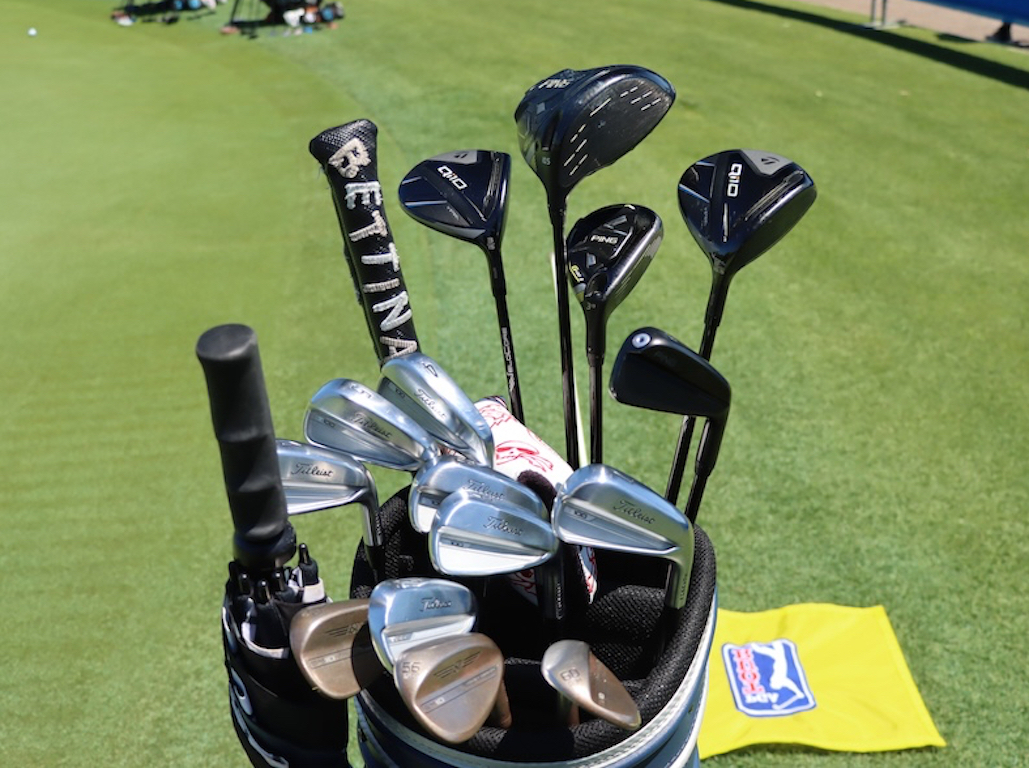
- Alex Fitzpatrick what’s in the bag accurate as of the Zurich Classic.
Driver: Ping G430 LST (10.5 degrees)
Shaft: Fujikura Ventus Black 6 X
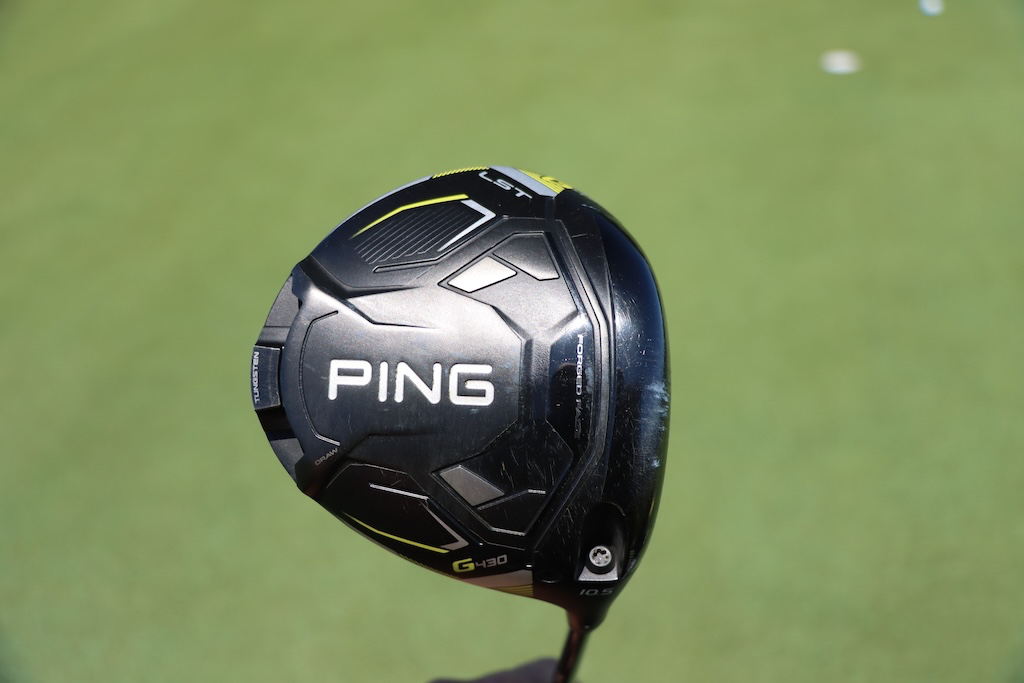
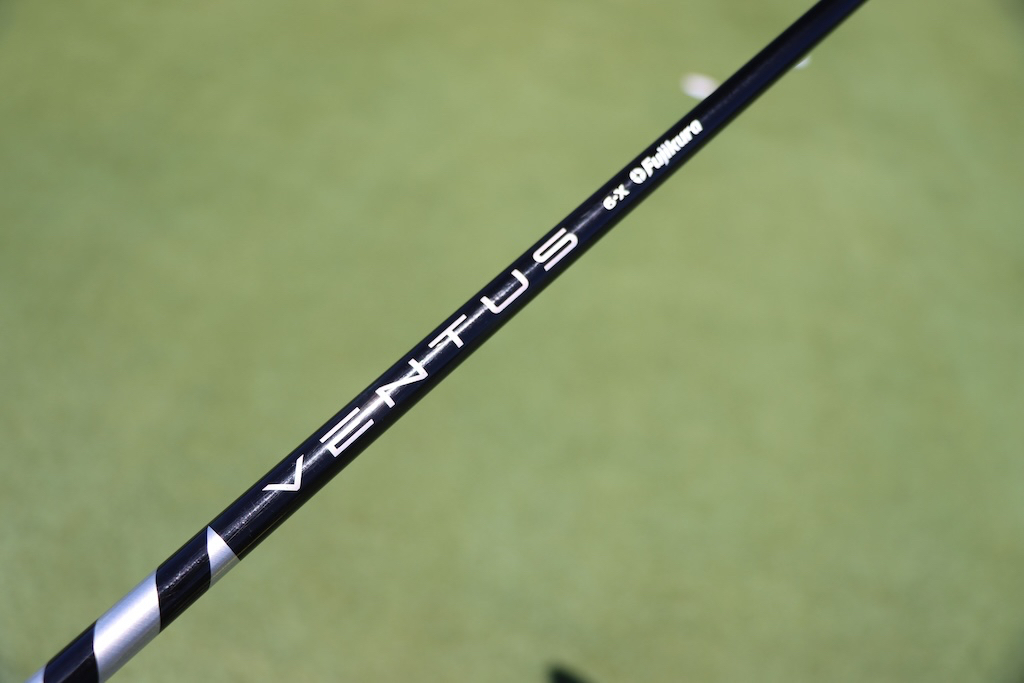
3-wood: TaylorMade Qi10 (15 degrees)
Shaft: Fujikura Ventus TR Black 7 X
Hybrid: Ping G430 (19 degrees)
Shaft: Fujikura Ventus Black HB 10 TX
Irons: Ping iCrossover (2), Titleist T100 (4-PW)
Shafts: Fujikura Ventus Black HB 9 TX (2), Nippon N.S. Pro Modus 3 Tour 120 X (4-9)
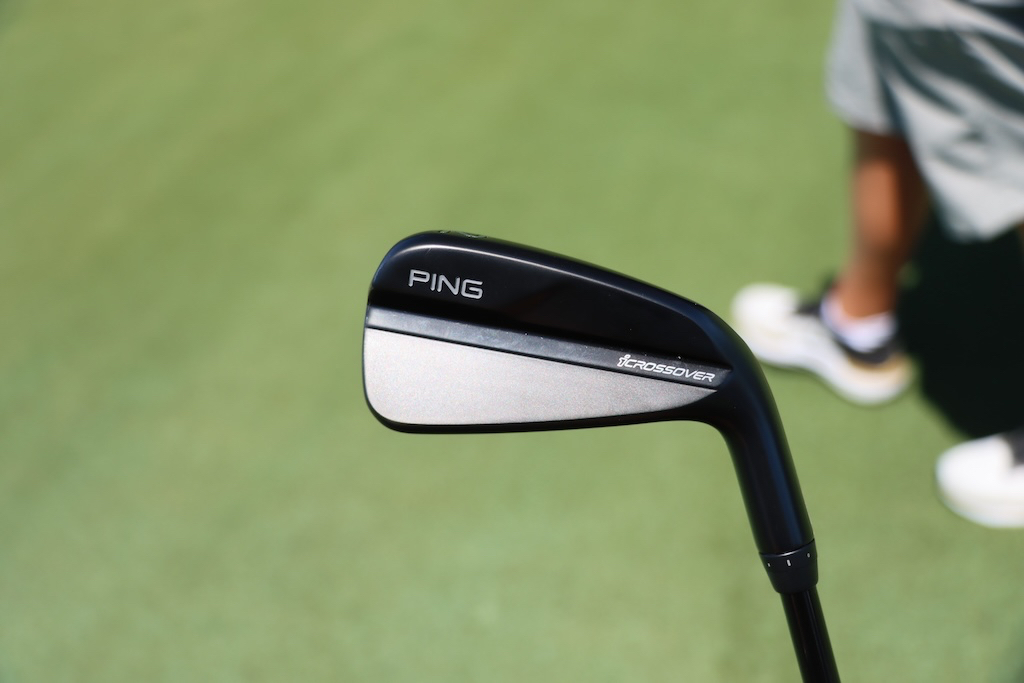
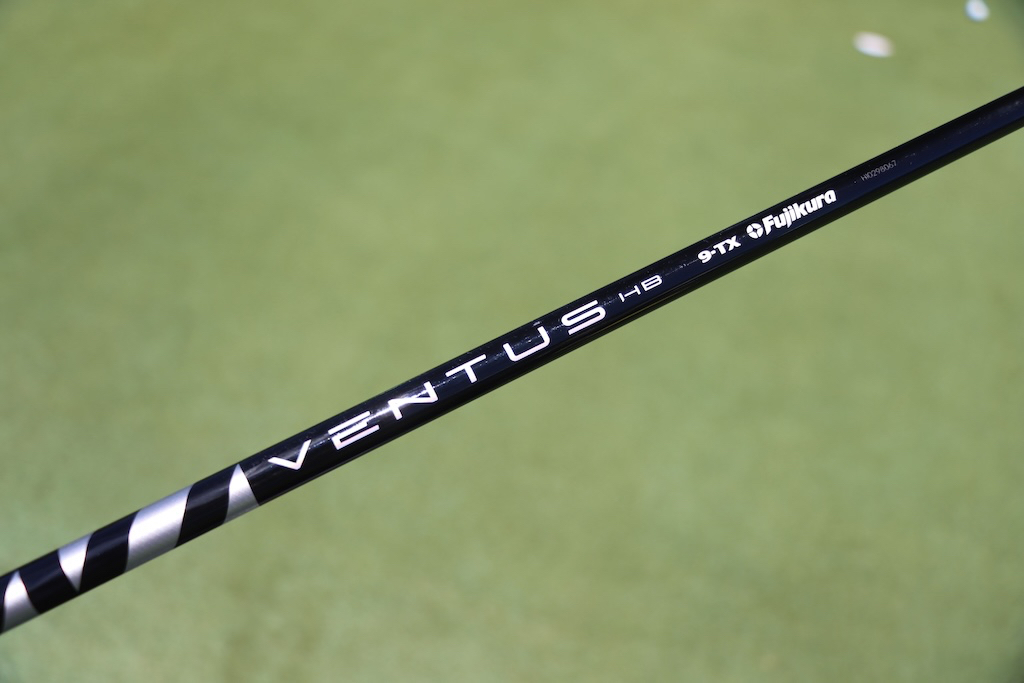
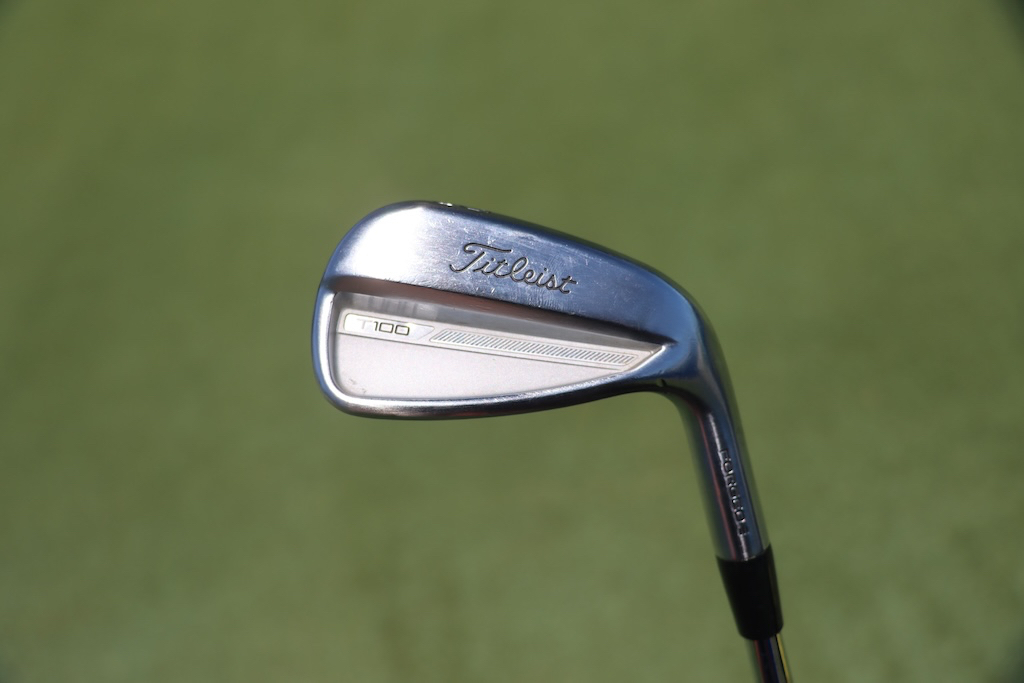
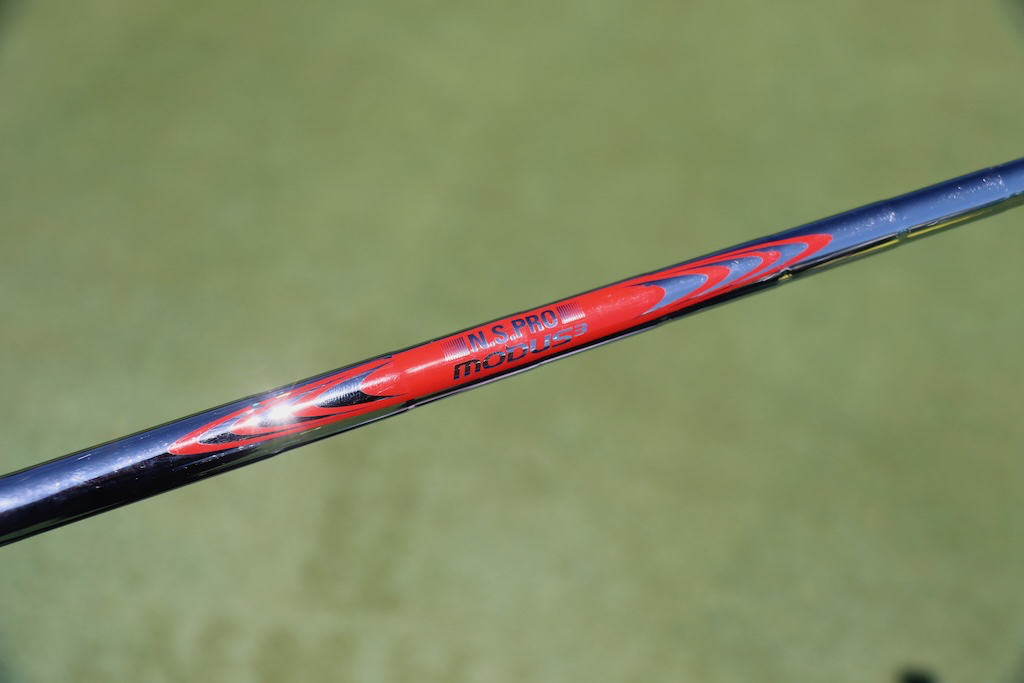
Wedges: Titleist Vokey Design SM10 (50-12F, 56-12D, 60-08M)
Shafts: Nippon N.S. Pro Modus 3 Tour 120 X
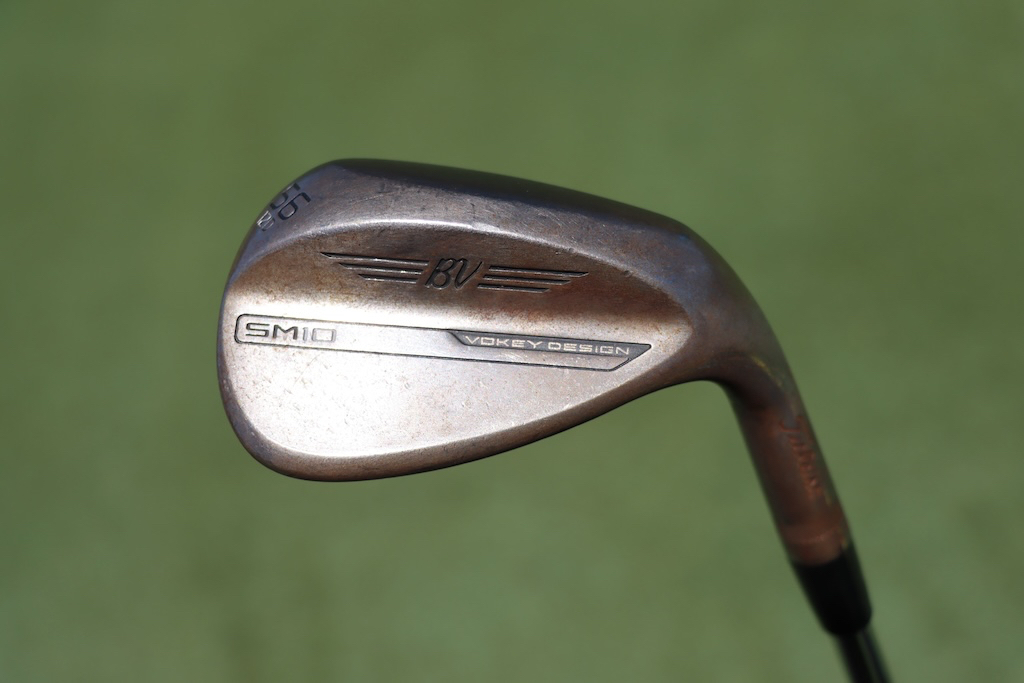
Putter: Bettinardi SS16 Dass
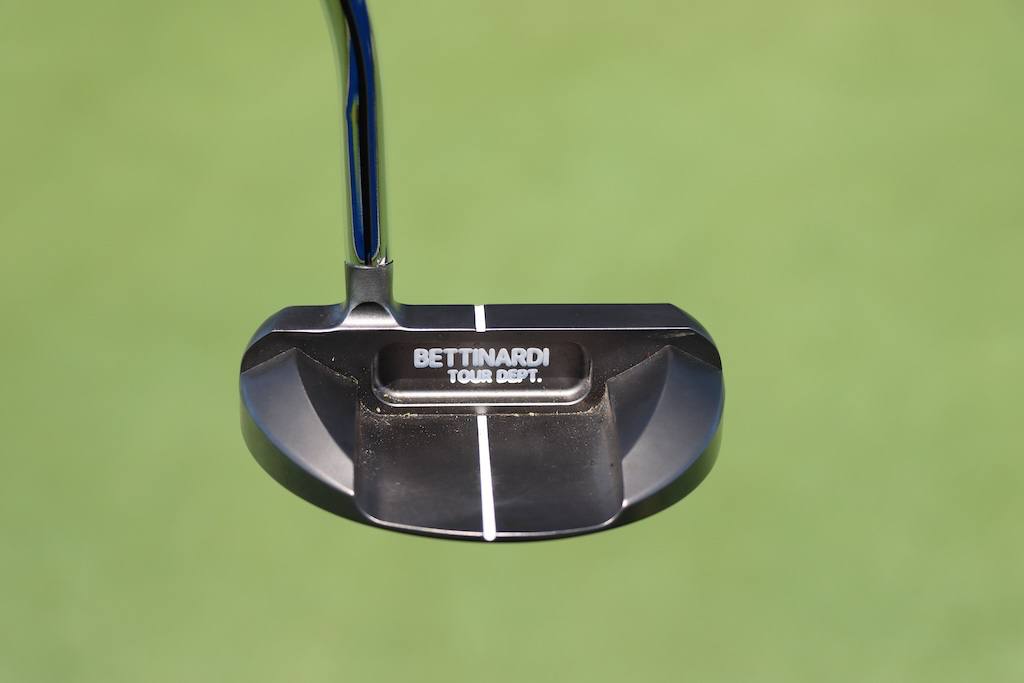
Grips: Golf Pride MCC
Check out more in-hand photos of Alex Fitzpatrick’s clubs here.
- LIKE11
- LEGIT0
- WOW0
- LOL1
- IDHT1
- FLOP0
- OB0
- SHANK0
Equipment
What’s the perfect mini-driver/shaft combo? – GolfWRXers discuss

In our forums, our members have been discussing Mini-Drivers and accompanying shafts. WRXer ‘JamesFisher1990’ is about to purchase a BRNR Mini and is torn on what shaft weight to use, and our members have been sharing their thoughts and set ups in our forum.
Here are a few posts from the thread, but make sure to check out the entire discussion and have your say at the link below.
- PARETO: “New BRNR at 13.5. Took it over to TXG (Club Champ but TXG will always rule) in Calgary for a fit. Took the head down to 12, stuck in a Graphite Design AD at 3 wood length and 60g. Presto- numbers that rivaled my G430Max but with waaaaay tighter dispersion. Win.”
- driveandputtmachine: “Still playing a MIni 300. The head was only 208, so I ordered a heavier weight and play it at 3 wood length. I am playing a Ventus Red 70. I play 70 grams in my fairways. I use it mainly to hit draws off the tee. When I combine me, a driver, and trying to hit a draw it does not work out well most of the time. So the MIni is for that. As an aside, I have not hit the newest BRNR, but the previous model wasn’t great off the deck. The 300 Mini is very good off the deck.”
- JAM01: “Ok, just put the BRNR in the bag along side a QI10 max and a QI10 3 wood. A load of top end redundancy. But, I have several holes at my two home courses where the flight and accuracy of the mini driver helps immensely. Mine is stock Proforce 65 at 13.5, I could see a heavier shaft, but to normal flex, as a nice alternative.”
Entire Thread: “What’s the perfect Mini-Driver/Shaft combo? – GolfWRXers discuss”
- LIKE5
- LEGIT1
- WOW0
- LOL0
- IDHT2
- FLOP0
- OB0
- SHANK5
-

 19th Hole3 weeks ago
19th Hole3 weeks agoDave Portnoy places monstrous outright bet for the 2024 Masters
-

 19th Hole6 days ago
19th Hole6 days agoJustin Thomas on the equipment choice of Scottie Scheffler that he thinks is ‘weird’
-

 19th Hole3 weeks ago
19th Hole3 weeks agoTiger Woods arrives at 2024 Masters equipped with a putter that may surprise you
-

 19th Hole6 days ago
19th Hole6 days ago‘Absolutely crazy’ – Major champ lays into Patrick Cantlay over his decision on final hole of RBC Heritage
-

 19th Hole2 weeks ago
19th Hole2 weeks agoTwo star names reportedly blanked Jon Rahm all week at the Masters
-

 19th Hole2 weeks ago
19th Hole2 weeks agoReport: LIV Golf identifies latest star name they hope to sign to breakaway tour
-

 19th Hole2 weeks ago
19th Hole2 weeks agoNeal Shipley presser ends in awkward fashion after reporter claims Tiger handed him note on 8th fairway
-

 19th Hole2 weeks ago
19th Hole2 weeks agoBrandel Chamblee has ‘no doubt’ who started the McIlroy/LIV rumor and why











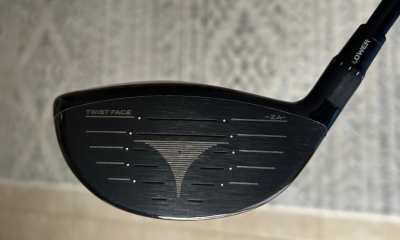

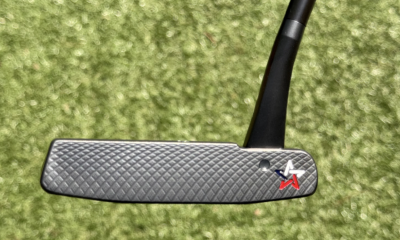










Jim Duckett
Aug 4, 2022 at 12:53 pm
Love my RBZ Stage 2. Honestly, it will not leave the bag until the face has zero pop. I’ve had an RBZ fairway in the bag for the past 10 years and I don’t see that changing any time soon. Great club!
Jed
Aug 3, 2022 at 4:13 pm
Ping in general were always so ahead of the field when in terms of innovation and technology. Just thinking about the Laminated woods and Metal woods that followed. Their irons and putters of yesteryear are surely still the benchmark today.
Rich Douglas
Aug 3, 2022 at 1:28 am
I guess to get the Tour players they had to bump up the compression of both the Chrome Soft and the Chrome Soft X. Both balls are high-compression now and nearly indistinguishable.
Zak Kozuchowski
Aug 3, 2022 at 8:43 am
That’s spot on. But the other Chrome Soft Callaway was considering launching at the time of the original Chrome Soft was not a high enough compression for the tour guys to play, either.
It’s been great to see Callaway expand the lineup in recent years to offer a Chrome Soft for everyone. A golfer buddy of mine loves the LS!